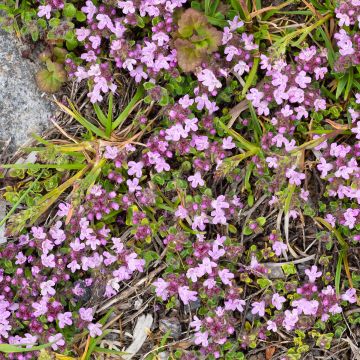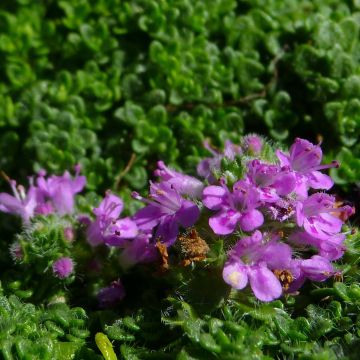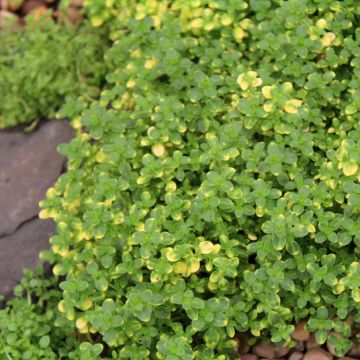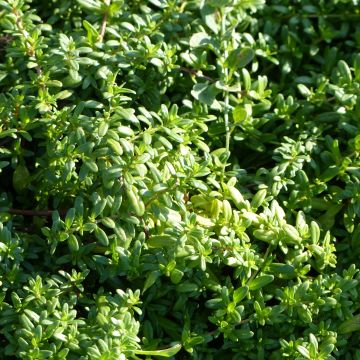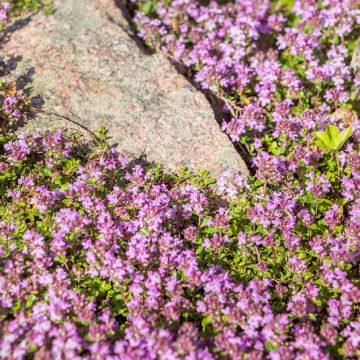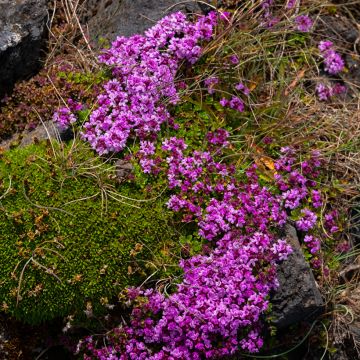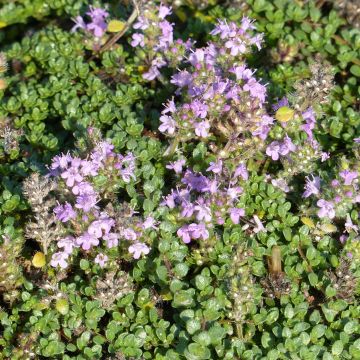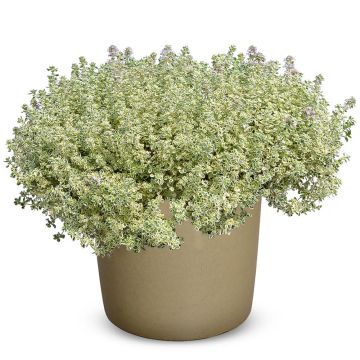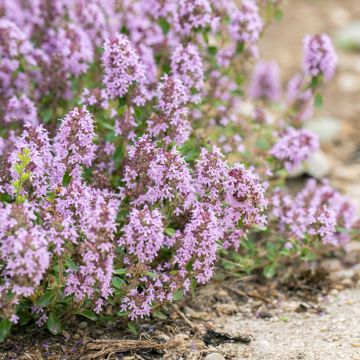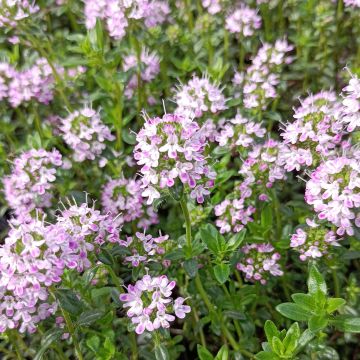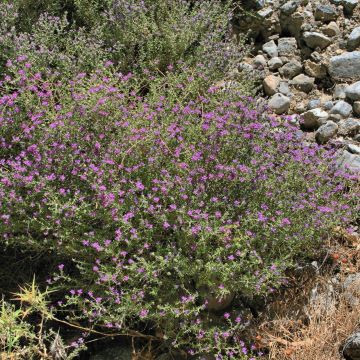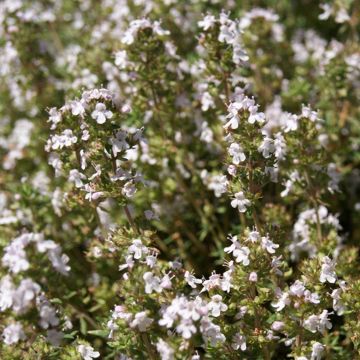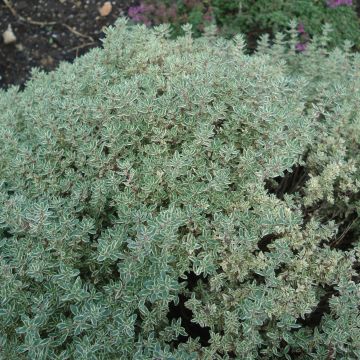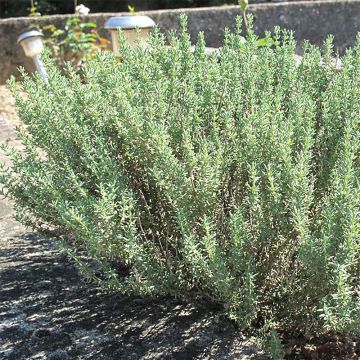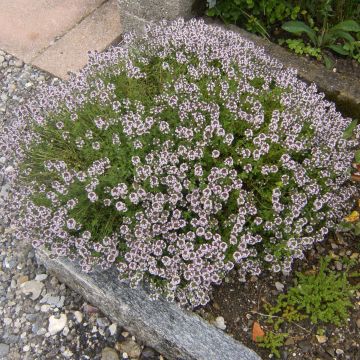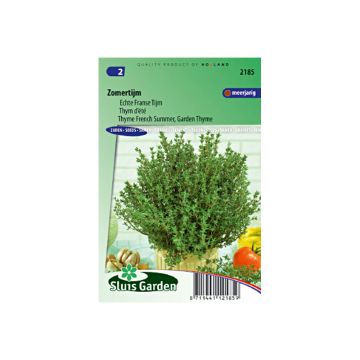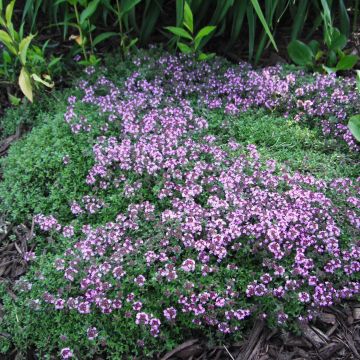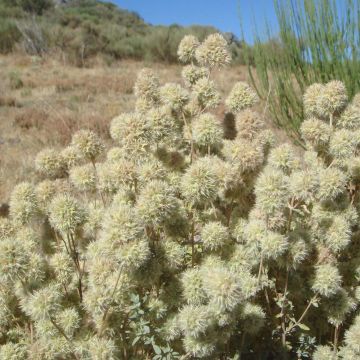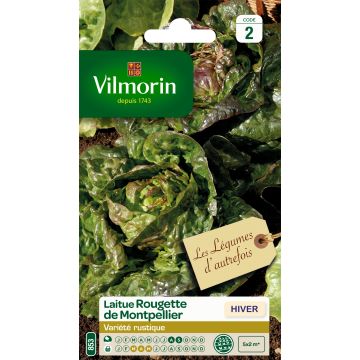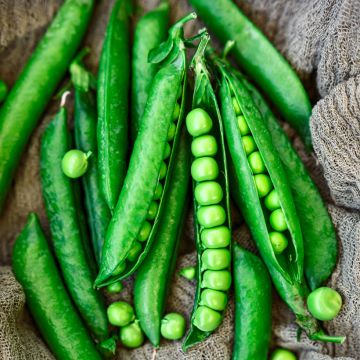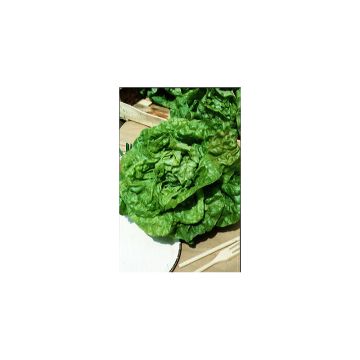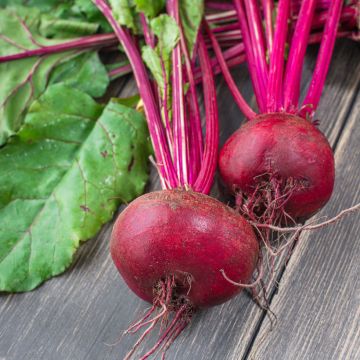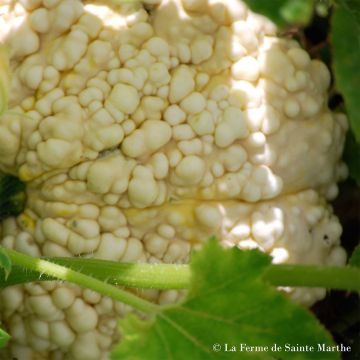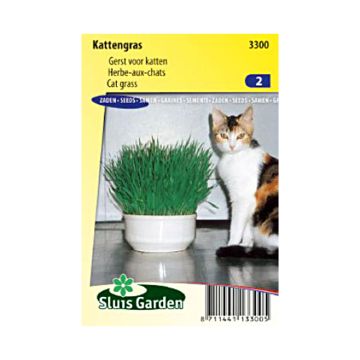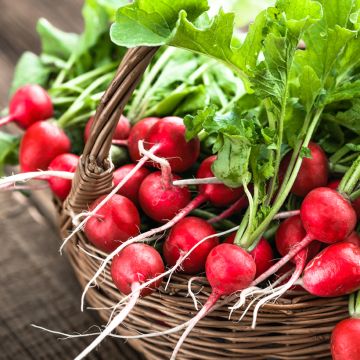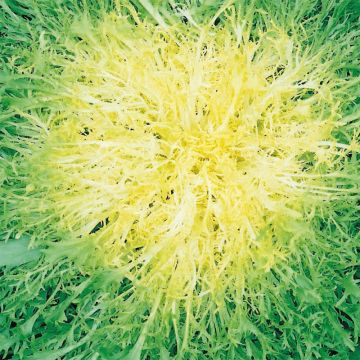Shipping country and language
Your country of residence may be:
Your country of residence is:
For a better user experience on our website, you can select:
Your shipping country:
-
Andorra
-
Austria
-
Belgium
-
Bulgaria
-
Canada
-
Chile
-
Croatia
-
Cyprus
-
Czechia
-
Denmark
-
Estonia
-
Finland
-
France
-
Germany
-
Greece
-
Hungary
-
Iceland
-
Ireland
-
Italy
-
Latvia
-
Lithuania
-
Luxembourg
-
Malta
-
Monaco
-
Netherlands
-
Poland
-
Portugal
-
Romania
-
Slovakia
-
Slovenia
-
Spain
-
Sweden
-
Switzerland
-
United Kingdom
We only deliver seed and bulb products to your country. If you add other products to your basket, they cannot be shipped.
Language:
-
French
-
German
-
Spanish
-
English
-
Italian
My Account
Hello
My wish lists
Log in / Register
Existing customer?
New customer?
Create an account to track your orders, access our customer service and, if you wish, make the most of our upcoming offers.
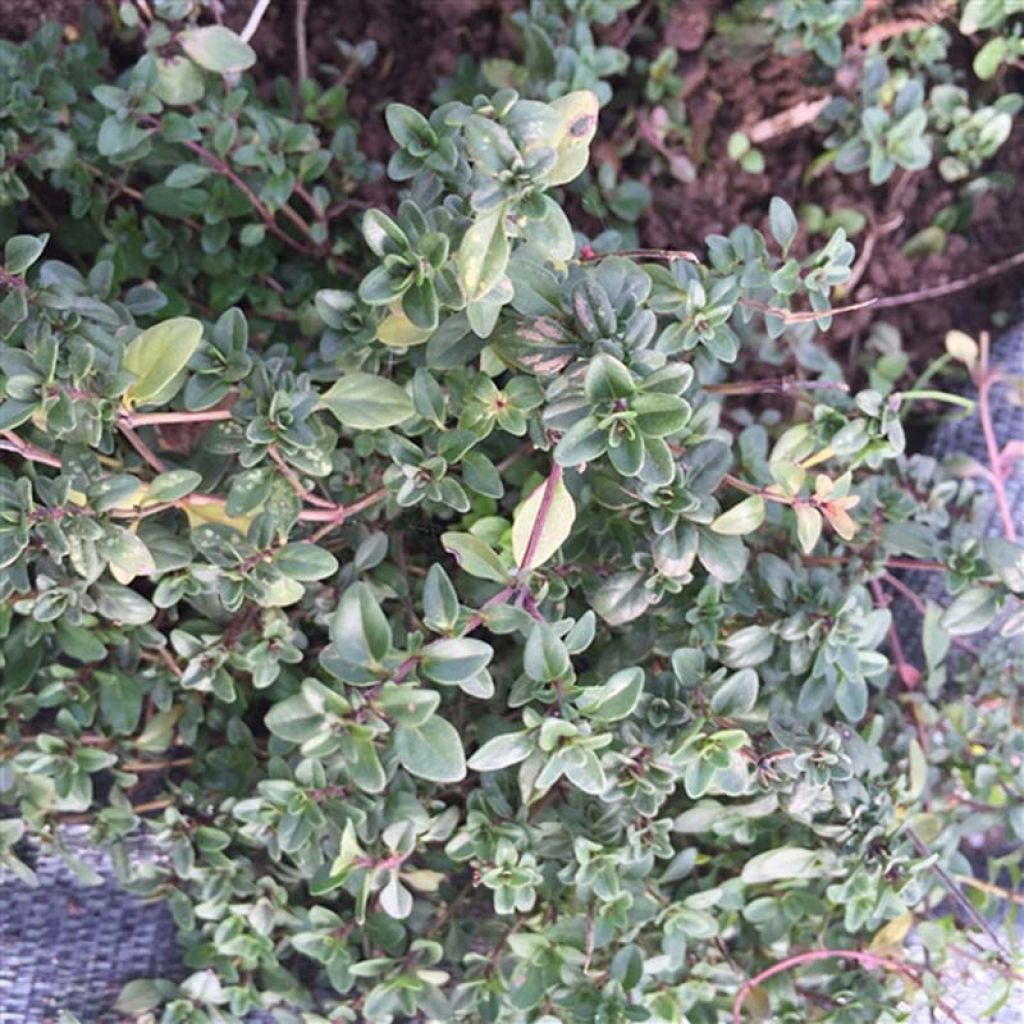

Thym serpolet Bio - Ferme de Sainte Marthe
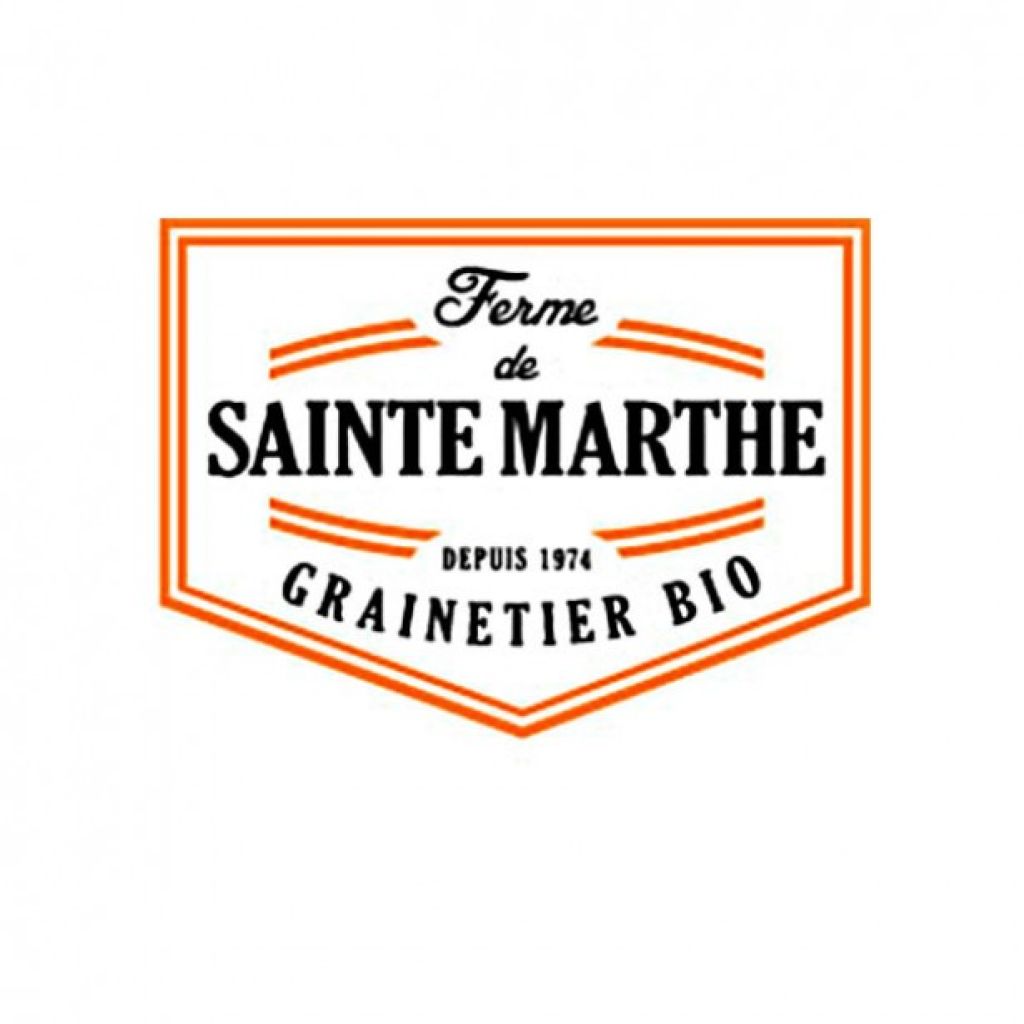

Thym serpolet Bio - Ferme de Sainte Marthe
Thymus serpyllum - Ferme de Sainte Marthe seeds
Thymus serpyllum
Wild thyme, Creeping thyme
This doesn't meet my expectations. The photo of the young plant misled me. I won't have the opportunity to use all these seeds.
Dominique, 15/04/2019
Why not try an alternative variety in stock?
View all →Order in the next for dispatch today!
Dispatch by letter from €3.90.
Delivery charge from €5.90 Oversize package delivery charge from €6.90.
More information
This item is not available in your country.
Schedule delivery date,
and select date in basket
This plant carries a 6 months recovery warranty
More information
We guarantee the quality of our plants for a full growing cycle, and will replace at our expense any plant that fails to recover under normal climatic and planting conditions.
Seed-only orders are dispatched by sealed envelope. The delivery charge for seed-only orders is €3.90.
Description
Thyme Serpolet or Wild Thyme (Thymus serphyllum) is a creeping perennial aromatic species. Fairly common in the wild, it is also cultivated as a culinary herb and as attractive ground cover, being adorned with charming little pink flowers in summer. It can even replace the lawn! Sow it from April to June for a harvest the following year, in June - July.
An essential component of the Bouquet garni, Thyme is one of the most commonly used herbs in cooking. It is also a honey-producing plant. It is a classic, irreplaceable herb for flavouring meats, fish, and vegetables. It can also be used to make infusions that relieve digestive and respiratory ailments. Sow from April to May for a harvest one year later.
Native to Western and Southern Europe, where it is sometimes found in the wild, Wild Thyme, also known as Creeping Thyme, is a perennial plant belonging to the Lamiaceae family. It forms small, fragrant clumps with greyish-green foliage that are adorned with pretty little flowers ranging in colour from white to pinkish-purple, depending on the variety.
Thyme is a hardy and easy-to-grow herb that thrives in poor, light, and even rocky and well-drained soils. If your soil is rather moist and clayey, we recommend growing it in a pot where it will be very happy.
Harvest: Thyme can be harvested throughout the year as its leaves are evergreen. Since it is advisable to prune it to maintain a compact, beautiful shape, take advantage of this to stock up for the winter months!
Storage: Thyme is traditionally preserved by drying. This is a simple and quick process that you can replace with freezing if it seems more convenient to you.
Gardener's tip: In the garden, don't hesitate to mix genres by planting some aromatic plants like Thyme right in the middle of your perennial flower beds or even in rockeries. It looks very beautiful, and the sometimes strong fragrances of aromatic plants often have the ability to keep insects away from more delicate plants such as certain roses. Winter thyme is hardy.
Report an error about the product description
Harvest
Plant habit
Foliage
Botanical data
Thymus
serpyllum
Lamiaceae
Wild thyme, Creeping thyme
Cultivar or hybrid
Perennial
Other Thyme
Planting and care
Sowing :
Thyme is sown from April to June at a temperature between 13 and 16°C. Germination usually takes 18 to 24 days.
Sowing is done in a seed tray filled with good seed compost, placed in full light. The seeds are lightly buried and just covered with a pinch of compost or vermiculite. The seed tray should not be covered as Thyme is sensitive to humidity. Keep the substrate moist but not waterlogged.
When the seedlings seem strong enough to handle, transplant them into pots and gradually acclimatise them to cooler conditions.
Transplanting in the garden or in pots should be done when the plants are well developed. They can potentially spend their first winter under a cold frame.
If Thyme is being grown as ground cover, it can also be sown directly in well-prepared soil.
Cultivation :
Thyme is a hardy and easy-to-grow herb that thrives in poor, light, and even rocky well-drained soils. It should be planted in full sun. If your soil is rather moist and clayey, we recommend growing it in a pot where it will do very well.
In terms of maintenance, water every 15 days or once a month if the plant is already well established. Annual pruning (on the current year's wood) will keep it in a nice rounded and compact shape.
Seedlings
Care
Intended location
-
, onOrder confirmed
Reply from on Promesse de fleurs
Vegetable seeds
Haven't found what you were looking for?
Hardiness is the lowest winter temperature a plant can endure without suffering serious damage or even dying. However, hardiness is affected by location (a sheltered area, such as a patio), protection (winter cover) and soil type (hardiness is improved by well-drained soil).

Photo Sharing Terms & Conditions
In order to encourage gardeners to interact and share their experiences, Promesse de fleurs offers various media enabling content to be uploaded onto its Site - in particular via the ‘Photo sharing’ module.
The User agrees to refrain from:
- Posting any content that is illegal, prejudicial, insulting, racist, inciteful to hatred, revisionist, contrary to public decency, that infringes on privacy or on the privacy rights of third parties, in particular the publicity rights of persons and goods, intellectual property rights, or the right to privacy.
- Submitting content on behalf of a third party;
- Impersonate the identity of a third party and/or publish any personal information about a third party;
In general, the User undertakes to refrain from any unethical behaviour.
All Content (in particular text, comments, files, images, photos, videos, creative works, etc.), which may be subject to property or intellectual property rights, image or other private rights, shall remain the property of the User, subject to the limited rights granted by the terms of the licence granted by Promesse de fleurs as stated below. Users are at liberty to publish or not to publish such Content on the Site, notably via the ‘Photo Sharing’ facility, and accept that this Content shall be made public and freely accessible, notably on the Internet.
Users further acknowledge, undertake to have ,and guarantee that they hold all necessary rights and permissions to publish such material on the Site, in particular with regard to the legislation in force pertaining to any privacy, property, intellectual property, image, or contractual rights, or rights of any other nature. By publishing such Content on the Site, Users acknowledge accepting full liability as publishers of the Content within the meaning of the law, and grant Promesse de fleurs, free of charge, an inclusive, worldwide licence for the said Content for the entire duration of its publication, including all reproduction, representation, up/downloading, displaying, performing, transmission, and storage rights.
Users also grant permission for their name to be linked to the Content and accept that this link may not always be made available.
By engaging in posting material, Users consent to their Content becoming automatically accessible on the Internet, in particular on other sites and/or blogs and/or web pages of the Promesse de fleurs site, including in particular social pages and the Promesse de fleurs catalogue.
Users may secure the removal of entrusted content free of charge by issuing a simple request via our contact form.
The flowering period indicated on our website applies to countries and regions located in USDA zone 8 (France, the United Kingdom, Ireland, the Netherlands, etc.)
It will vary according to where you live:
- In zones 9 to 10 (Italy, Spain, Greece, etc.), flowering will occur about 2 to 4 weeks earlier.
- In zones 6 to 7 (Germany, Poland, Slovenia, and lower mountainous regions), flowering will be delayed by 2 to 3 weeks.
- In zone 5 (Central Europe, Scandinavia), blooming will be delayed by 3 to 5 weeks.
In temperate climates, pruning of spring-flowering shrubs (forsythia, spireas, etc.) should be done just after flowering.
Pruning of summer-flowering shrubs (Indian Lilac, Perovskia, etc.) can be done in winter or spring.
In cold regions as well as with frost-sensitive plants, avoid pruning too early when severe frosts may still occur.
The planting period indicated on our website applies to countries and regions located in USDA zone 8 (France, United Kingdom, Ireland, Netherlands).
It will vary according to where you live:
- In Mediterranean zones (Marseille, Madrid, Milan, etc.), autumn and winter are the best planting periods.
- In continental zones (Strasbourg, Munich, Vienna, etc.), delay planting by 2 to 3 weeks in spring and bring it forward by 2 to 4 weeks in autumn.
- In mountainous regions (the Alps, Pyrenees, Carpathians, etc.), it is best to plant in late spring (May-June) or late summer (August-September).
The harvesting period indicated on our website applies to countries and regions in USDA zone 8 (France, England, Ireland, the Netherlands).
In colder areas (Scandinavia, Poland, Austria...) fruit and vegetable harvests are likely to be delayed by 3-4 weeks.
In warmer areas (Italy, Spain, Greece, etc.), harvesting will probably take place earlier, depending on weather conditions.
The sowing periods indicated on our website apply to countries and regions within USDA Zone 8 (France, UK, Ireland, Netherlands).
In colder areas (Scandinavia, Poland, Austria...), delay any outdoor sowing by 3-4 weeks, or sow under glass.
In warmer climes (Italy, Spain, Greece, etc.), bring outdoor sowing forward by a few weeks.
